Here is an animation from a Mariner’s Mirror podcast about perhaps the greatest windjammer of the early twentieth century, the Preussen. One of the Flying P-Liners, built for the F. Laeisz shipping company in 1902, she was the only five-masted full-rigged steel ship ever built at that time. She remains one of only two five-masted full-rigged ships ever built. The second such ship, the Star Clipper’s Royal Clipper, launched in 2000, was inspired by the Preussen.
The animation is designed to go alongside an episode of the Mariner’s Mirror Podcast in which Dr Sam Willis speaks with Frank Scott, a retired naval aviator and qualified square rig ship-master, who commanded various square riggers ranging from 80 to 800 gross tonnes. In his long sail training career he served in fourteen square riggers, under seven different national flags.

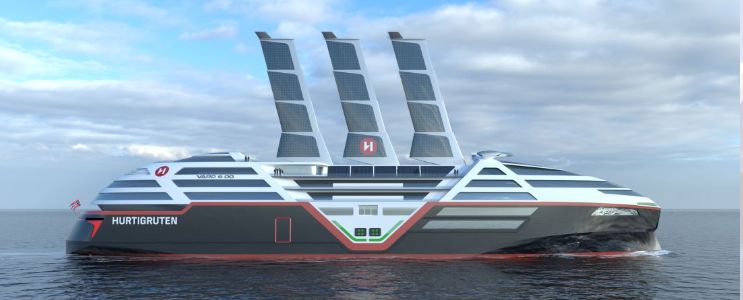 Norwegian ferry and expedition cruise operator
Norwegian ferry and expedition cruise operator  I am aware of only one man who was praised by both Eisenhower and Hitler. A
I am aware of only one man who was praised by both Eisenhower and Hitler. A 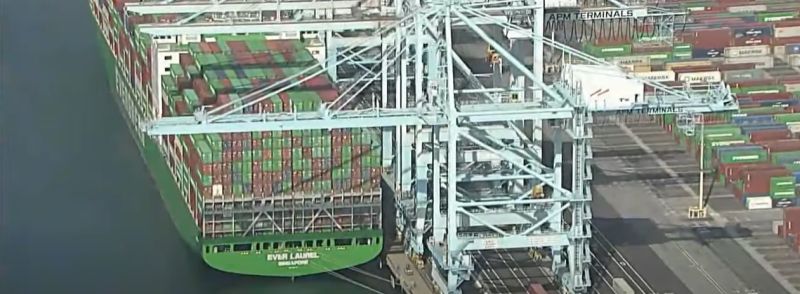 Following over a year of negotiations, labor negotiations at US West Coast ports have stalled, resulting in a wave of strikes.
Following over a year of negotiations, labor negotiations at US West Coast ports have stalled, resulting in a wave of strikes.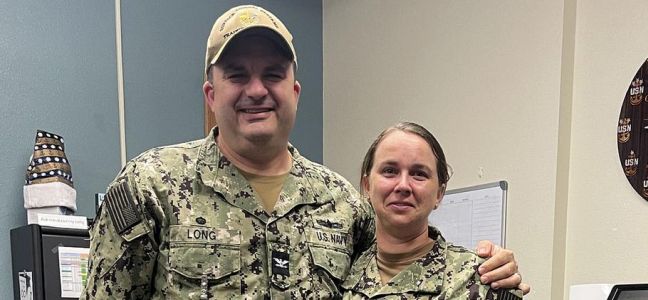
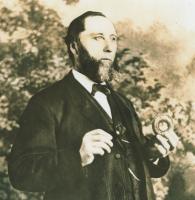
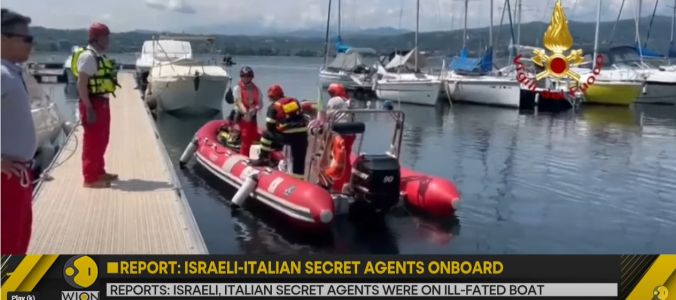 On Sunday, an overloaded chartered houseboat on Italy’s Lake Maggiore was caught in a sudden, violent storm and capsized, killing four of the 21 passengers and two crew. Sadly, this sort of boating accident, while tragic, is not entirely out of the ordinary.
On Sunday, an overloaded chartered houseboat on Italy’s Lake Maggiore was caught in a sudden, violent storm and capsized, killing four of the 21 passengers and two crew. Sadly, this sort of boating accident, while tragic, is not entirely out of the ordinary.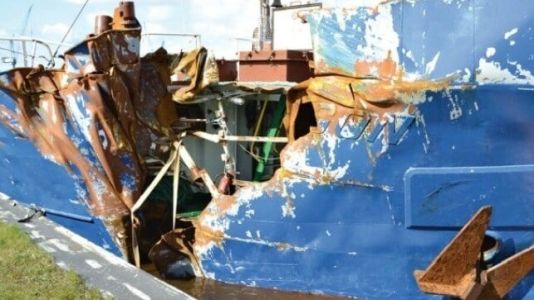
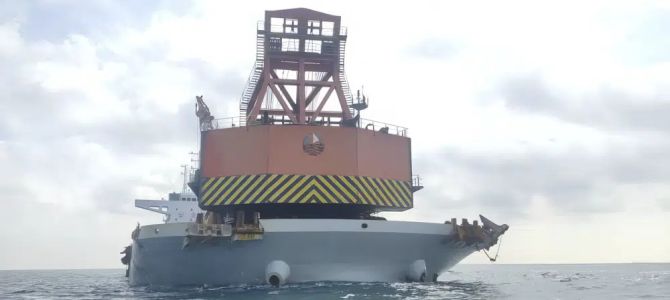 For more than a decade,
For more than a decade, 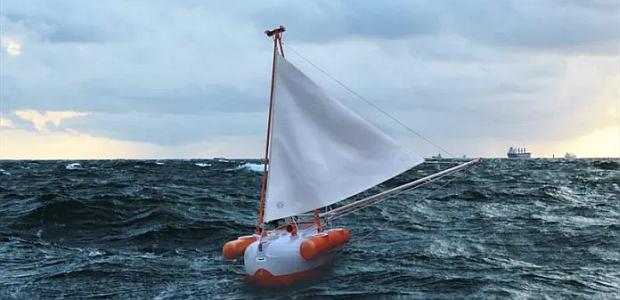 A year ago,
A year ago, 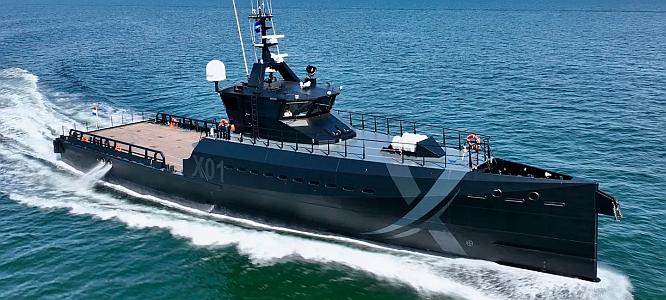 Last year
Last year  Recent videos of a sea drone attack on a Russian warship released by Russia’s Defence Ministry and by Ukraine’s public broadcaster Suspilne tell two very different stories of the encounter.
Recent videos of a sea drone attack on a Russian warship released by Russia’s Defence Ministry and by Ukraine’s public broadcaster Suspilne tell two very different stories of the encounter.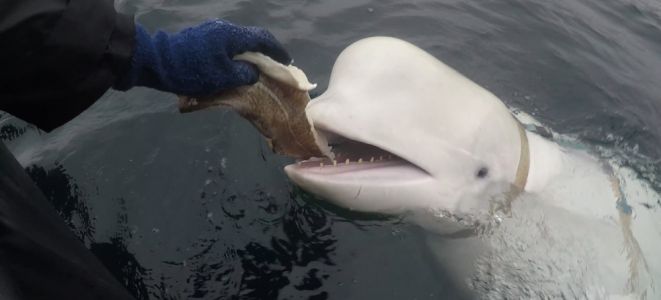 In 2019, we
In 2019, we 
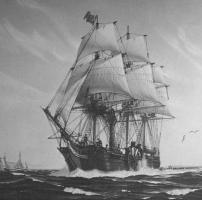 An updated repost on
An updated repost on 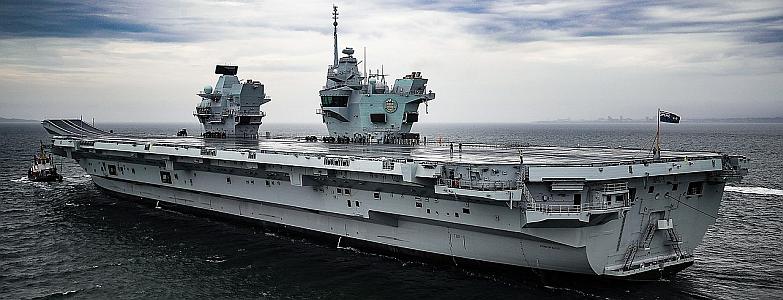 We now have the answer why the Royal Navy’s newest aircraft carrier,
We now have the answer why the Royal Navy’s newest aircraft carrier, 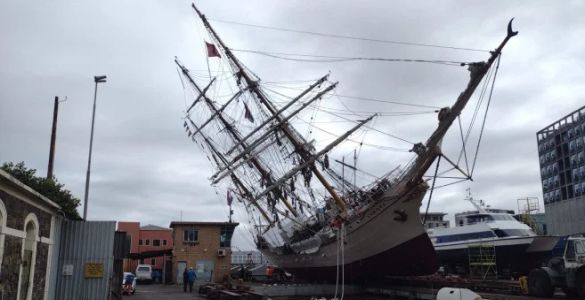 The 112-year-old steel-hulled
The 112-year-old steel-hulled 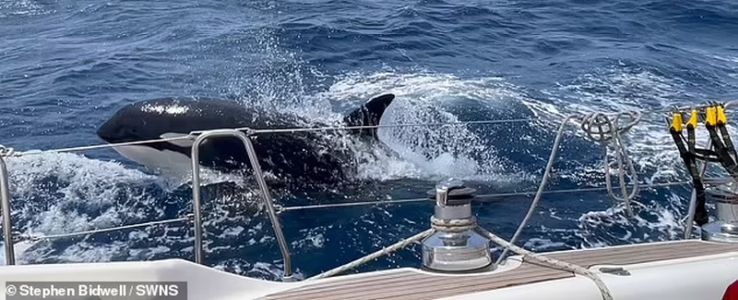 Orca attacks on sailboats off the Strait of Gibraltar and the Iberian Peninsula continue.
Orca attacks on sailboats off the Strait of Gibraltar and the Iberian Peninsula continue. The
The 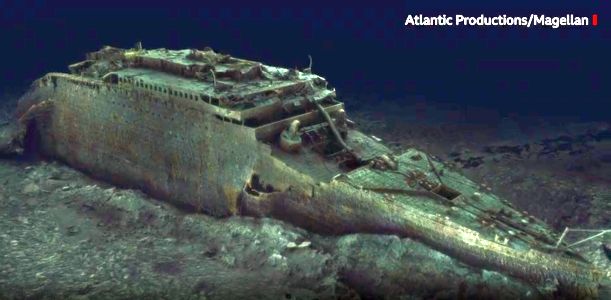 The
The